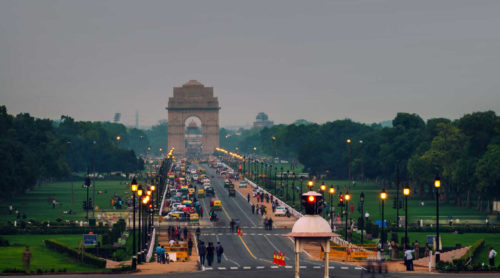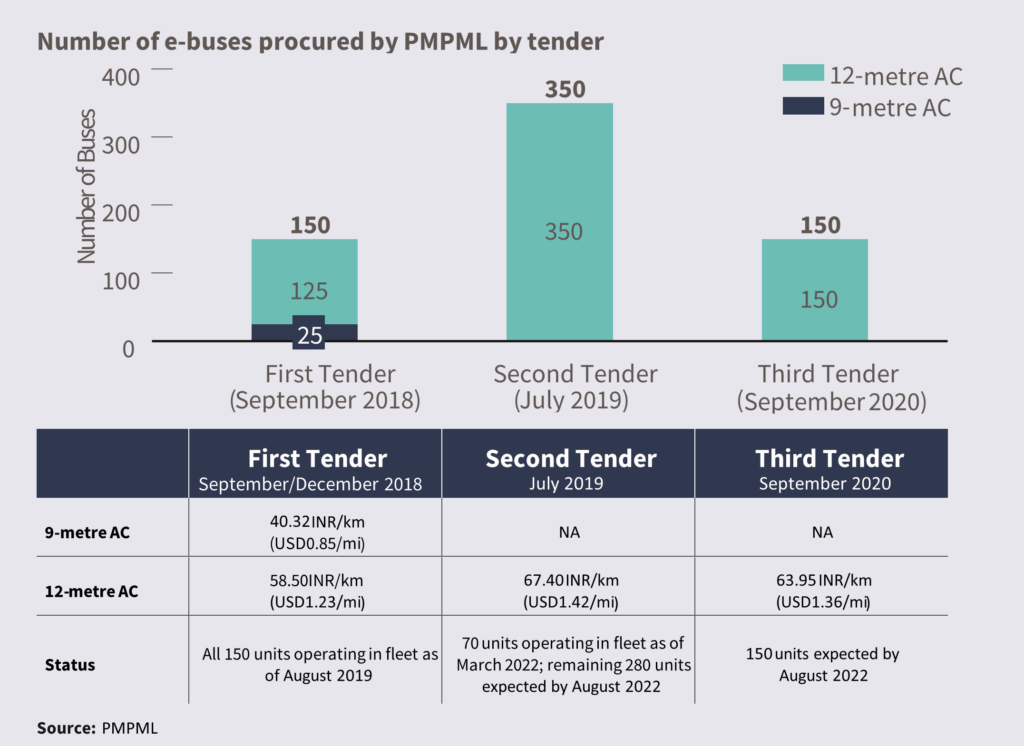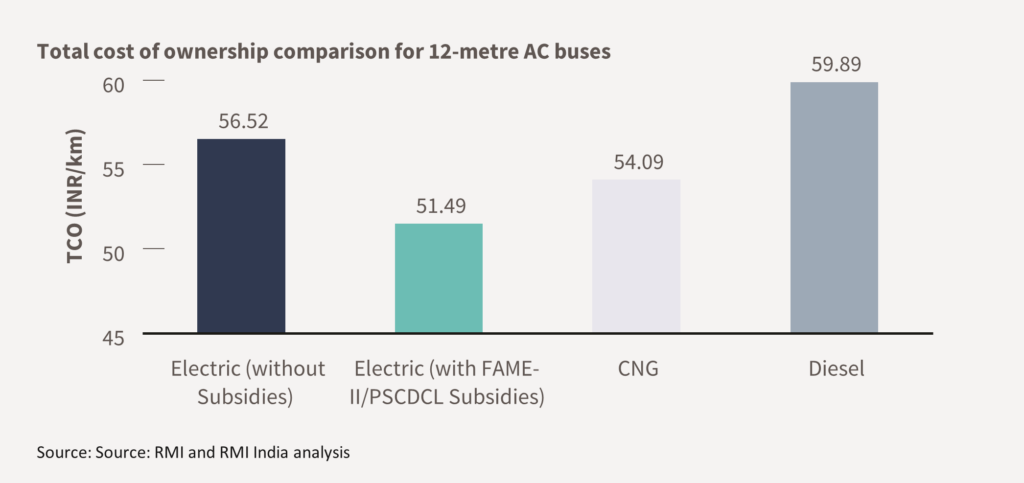
Transforming Urban Mobility
Learning from Pune's Pioneering Electric Bus Procurement
Having grown up in Pune, I know the city like the back of my hand. Referred to as the “Oxford of the East” for its renowned educational institutions, I fondly remember many lunchbreaks standing on the sidewalk at a tapri (stall) outside my school, sipping chai and eating vada pav (a deep-fried potato dumpling sandwich) as two-wheelers, autorickshaws, and buses sped by. However, diesel exhaust surrounded us — the fumes blending with the streetside aroma of cardamom and chilies.
Fast forward to 2019. After almost five years away from home studying transport planning in Europe, I noticed a surprising evolution in the city’s mobility system when my close friend and I were reminiscing over a cup of chai at the exact same tapri: a local bus zipped by without a sound or tailpipe emission. “When did Pune get electric buses?” I asked my friend.
That moment piqued my curiosity; I wanted to understand the story behind Pune’s electric buses (e-buses). When I joined RMI India in June 2021, I started supporting our work on decarbonizing urban mobility in Pune. Thanks to our partnership with the Pune Municipal Corporation (PMC) and inspired by an e-bus working group at an Urban Mobility Lab workshop co-hosted by the PMC and RMI in October 2018, we received an opportunity to dive deeper into Pune’s e-bus procurement.
Our case study report, Pioneering Electric Buses in Pune: A Case Study of the City’s Initial Procurement and Operations, offers insights and points of reference on the forms of interagency coordination, policy support, business model design, tendering and contracting terms, and infrastructure planning to enable e-bus adoption in Indian cities.
e-Bus Procurement
Pune’s public transport agency, Pune Mahanagar Parivahan Mahamandal Limited (PMPML), joined hands with PMC, Pimpri Chinchwad Municipal Corporation (PCMC), and Pune Smart City Development Corporation Limited (PSCDCL) in 2018 to procure e-buses for the city in a bid to combat local air pollution and promote public transport.
Pune procured e-buses in two phases. First, PMPML issued two tenders in September and December 2018 for 150 e-buses — 25 units of 9-meter (30-foot) air conditioned (AC) e-buses and 125 units of 12-meter (40-foot) AC e-buses. Second, PMPML issued two more tenders for 350 and 150 units of 40-foot AC e-buses in July 2019 and September 2020, respectively. As of March 2022, 220 e-buses are operating in PMPML’s fleet, making it one of the largest e-bus fleets in the country. PMPML also has commissioned three fully operational e-bus depots, including India’s first all-electric bus depot at Bhekrainagar.
Lessons Learned
Pune’s e-bus adoption can teach us many things about electrifying bus fleets, including the importance of political leadership, the economics of electrification, the improved health impacts, and passenger experience.
- Political leadership is critical to adopting transformative urban mobility solutions: Pune is recognised as a leader in urban mobility. The city administration takes a citizen- and environment-centric approach to planning and implementing clean mobility initiatives. For e-buses, senior leaders of the PMC, PCMC, PSCDCL, and PMPML came together to form a working group and were the architects of the city’s commitment to procure e-buses for its public transport fleet. Regular meetings and clear delineation of roles and responsibilities ensured efficient decision-making and coordinated activities.
- The gross cost contract (GCC) model can accelerate e-bus adoption: In PMPML’s procurement, they used the GCC model. Under the GCC model, PMPML pays the operator a per-km fee for a bus service on specific routes. PMPML provided land and depots for charging, parking, and maintenance, as well as requirements for reliable power supply. The operator provides buses, drivers, charging infrastructure, fueling, and maintenance. By removing the capital cost and operational requirements, the GCC model significantly reduces financial and technological risks.
- Total cost of ownership (TCO) of e-buses can be lower than diesel counterparts: The total cost of ownership (TCO) of a 40-foot, air-conditioned e-bus in Pune without government incentives is estimated at US$0.74/km — about 6 percent lower than a comparable diesel bus at US$0.78/km. With government incentives from PSCDCL and FAME II, TCO is 15 percent lower than diesel and more economical than compressed natural gas (see Exhibit 2).
- Electric buses can have a positive impact on air quality and public health: Electrifying a bus fleet can reduce local air pollution and carbon dioxide (CO2) emissions. According to our analysis, PMPML’s fleet of 650 e-buses could save 1.2 tons of PM5 and 96,000 tons of CO2 compared with an equal-sized fleet of diesel buses over 10 years — equivalent to the lifetime CO2 emissions of nearly 2,000 gas-fueled cars.
- Electric buses are popular among citizens: E-buses are cleaner and quieter than conventional buses, improving the overall passenger experience. This can help increase public transport ridership and create more demand for electric mobility solutions from residents.
Way forward
Today, as I travel across the city, coming across e-buses operating at full capacity is a common sight. PMPML is on track to meet the target set by the Government of Maharashtra’s EV policy — 25 percent electrification of the public transport bus fleet by 2025 — three years ahead of schedule. The city also plans to procure 300 7-meter (23-foot) mini e-buses for feeder services for the growing metro network in the Pune Metropolitan Region, enhancing access to public transport with an economical, convenient last-mile solution.
Alongside PMPML’s growing e-bus fleet, Pune city has also witnessed a significant rise in electric vehicle (EV) registrations recently. Ten percent of all vehicles registered in March 2022 were electric. I look forward to seeing more EVs on Pune’s roads in the future and continuing to support the city’s transition to a sustainable urban mobility system.

